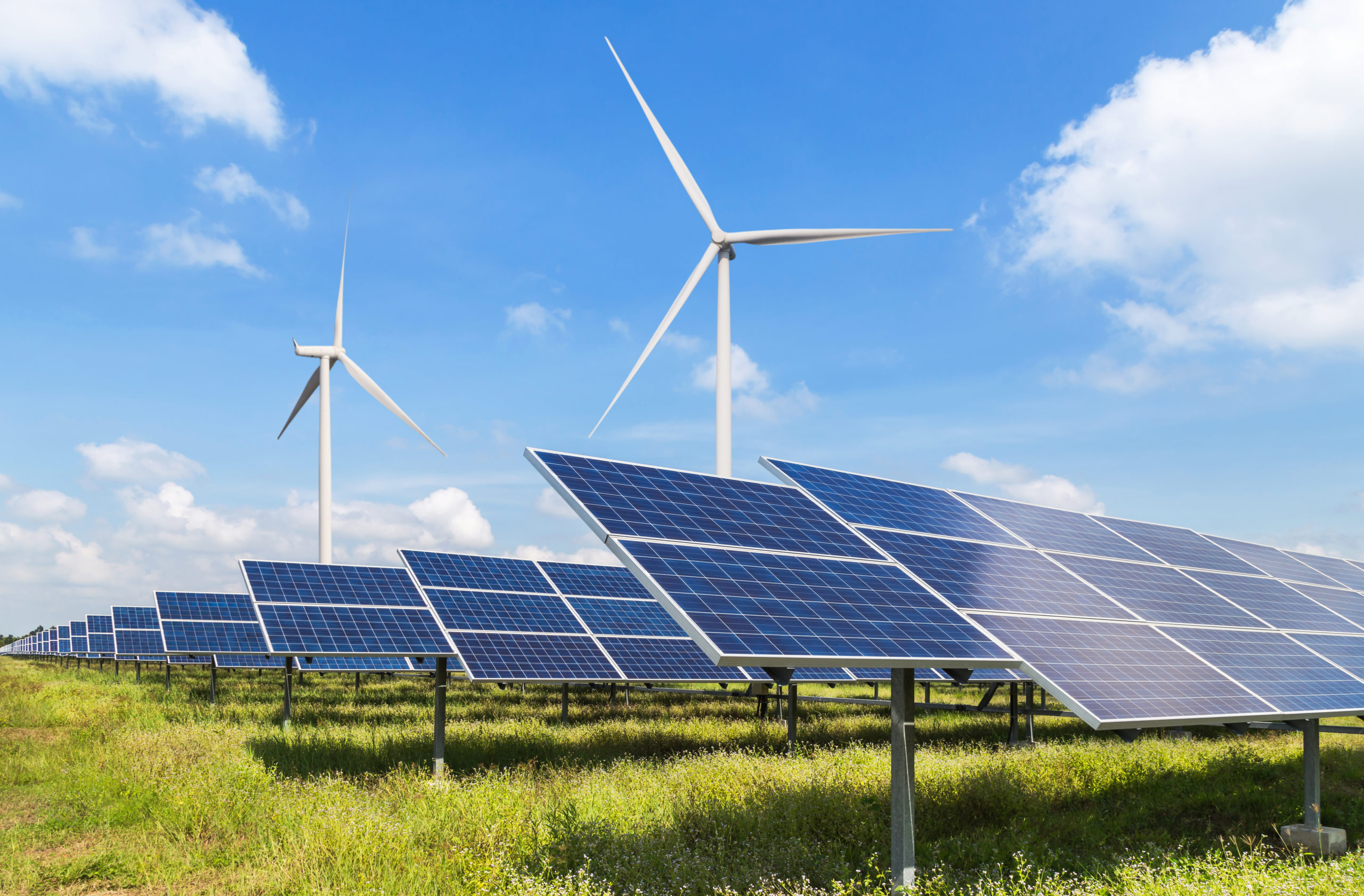How Does Architecture Promote The Use Of Renewable Energy Sources?

Renewable energy is a type of energy that is obtained from natural sources that can be replenished without being depleted. It is an essential part of our life as it helps us in creating a better world with the use of clean energy, reducing our carbon footprint, and reducing the impact of climate change on our planet. The following are some of the most popular sources of renewable energy that are widely used today:
1) Solar Power
Solar power is the most popular source of renewable energy and is obtained from the sun's energy. It is obtained by converting sunlight into energy that can be used to power homes, buildings, and commercial spaces. The process of converting sunlight into energy is done by using solar panels, which are made up of photovoltaic cells. These cells absorb the sun's energy and convert it into electricity, which is then distributed through the electrical system.
The benefits of using solar power include lower energy costs, fewer greenhouse gas emissions, and increased energy independence. The technology has dramatically advanced in recent years, and solar energy is now more efficient and cost-effective than ever before.
2) Wind Power
Wind power is another popular source of renewable energy, and it is obtained by harnessing the energy of the wind and converting it into electricity. The energy from the wind is captured by wind turbines that rotate when the wind blows. The turning of the turbines generates electricity, which can be used to power homes and businesses.
Wind energy is a clean, renewable source of energy, and it does not produce any greenhouse gas emissions. It is also a reliable source of energy as it is not dependent on the availability of sunlight. However, wind turbines can be expensive to install, and they require a lot of space to operate efficiently.
3) Hydro Power
Hydro power is obtained from the energy of moving water, and it is commonly used in hydroelectric power plants. The energy of the water is used to generate electricity, which is then distributed through the electrical system. Hydro power is a clean, renewable source of energy, and it is particularly useful in areas where large amounts of water are available.
Hydro power is a reliable source of energy, and it does not produce any greenhouse gas emissions. However, the installation and maintenance of hydroelectric power plants can be expensive, and they can have a significant impact on the environment.
4) Geothermal Power
Geothermal power is obtained from the heat that is naturally generated by the earth's core. The heat is captured and used to generate electricity, which is then distributed through the electrical system. Geothermal power is a clean, renewable source of energy that is particularly useful in areas with significant geothermal activity.
Geothermal power is a reliable source of energy, and it does not produce any greenhouse gas emissions. However, the installation and maintenance of geothermal power plants can be expensive, and they can have a significant impact on the environment.
5) Biomass Energy
Biomass energy is obtained from organic matter, such as plants and trees. The organic matter is burned to generate heat, which is then used to produce electricity. Biomass energy is a renewable source of energy, and it is particularly useful in areas where significant amounts of organic matter are available.
Biomass energy is a reliable source of energy, and it does not produce any greenhouse gas emissions. However, the burning of organic matter can release pollutants into the air, which can have a significant impact on the environment.
The Future of Renewable Energy
The future of renewable energy is bright as it offers a clean and sustainable solution to our energy needs. With technological advancements, the cost of renewable energy is decreasing, making it more accessible to the general public. Governments around the world are recognizing the importance of renewable energy and are offering incentives to people and businesses to transition to renewable energy sources.
Renewable energy is an essential part of our lives, and it has the power to make a positive impact on our planet. By utilizing the power of the sun, wind, water, and earth, we can create a sustainable future for generations to come.
FAQs
What is renewable energy?
Renewable energy is a type of energy that is obtained from natural sources that can be replenished without being depleted.
What are the benefits of using renewable energy?
The benefits of using renewable energy include lower energy costs, fewer greenhouse gas emissions, and increased energy independence.
What are the most popular sources of renewable energy?
The most popular sources of renewable energy include solar power, wind power, hydro power, geothermal power, and biomass energy.
Is renewable energy reliable?
Yes, renewable energy is a reliable source of energy that can be used to power homes, buildings, and commercial spaces.
Is renewable energy expensive?
While the initial installation and maintenance costs of renewable energy sources can be expensive, the cost of renewable energy is decreasing with the advancement of technology and is becoming more accessible to the general public.
Does renewable energy have any impact on the environment?
Renewable energy is a clean, sustainable source of energy that does not produce greenhouse gas emissions. However, the installation and maintenance of renewable energy sources can have a significant impact on the environment.


Post a Comment for "How Does Architecture Promote The Use Of Renewable Energy Sources?"